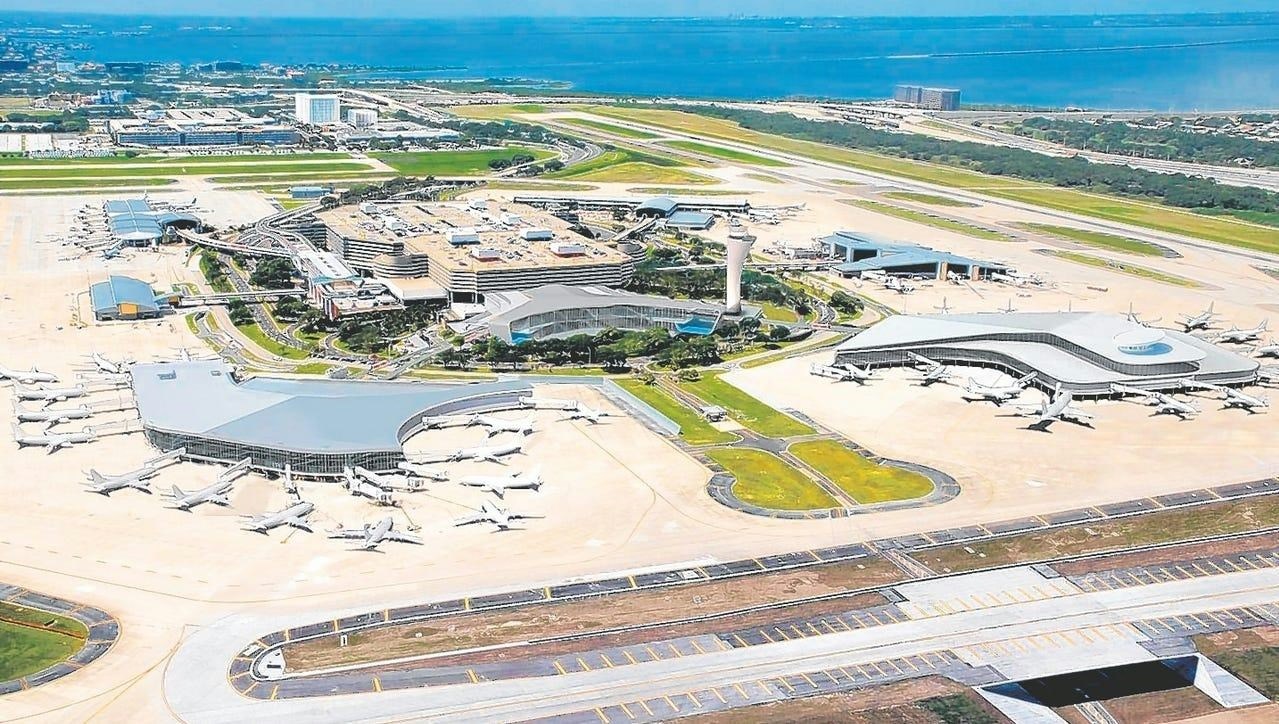
AeroGenie – Ihr intelligenter Copilot.
Trends
Categories
Denise Mangan-Fahy appointed CEO of Shannon Engine Support

Denise Mangan-Fahy Appointed CEO of Shannon Engine Support
Denise Mangan-Fahy has been appointed Chief Executive Officer of Shannon Engine Support (SES), a leading global provider of spare engine leasing solutions jointly owned by AerCap and Safran Aircraft Engines. She will assume the role in September, succeeding Julie Dickerson, who is retiring after more than ten years at the company’s helm.
Extensive Industry Experience
Mangan-Fahy brings 35 years of aerospace industry experience to her new position. She began her career with Shannon Aerospace before joining GE Capital Aviation Services (GECAS) in 1998 as Vice President of Engine Management. Over the years, she advanced to Senior Vice President of Portfolio and Rental Operations in 2018. Following AerCap’s acquisition of GECAS from General Electric in 2021, she was appointed Head of Portfolio & Rental Operations for AerCap Engines. Her deep expertise in engine management and portfolio operations is expected to be instrumental as SES pursues its strategic goals.
Strategic Outlook for SES
SES has established itself as a prominent player in the engine leasing market, supplying CFM engines—including the widely used CFM56 and the newer LEAP models—to airlines around the world. The company aims to manage a fleet of 700 engines by the end of 2025, with ambitions to expand this to 900 engines by 2028. Mangan-Fahy’s leadership arrives at a critical juncture as SES seeks to consolidate its market position amid intensifying competition.
Industry analysts suggest that her appointment aligns well with SES’s growth trajectory, though it may also invite scrutiny regarding how her previous leadership roles will influence the company’s evolving objectives. Competitors are expected to closely observe SES’s strategic moves under her guidance, potentially responding by enhancing their own leadership structures or expanding their market share to maintain competitive parity.
Julie Dickerson’s tenure was marked by steady growth and strong industry leadership, and Mangan-Fahy’s succession signals a new phase for SES as it aims to build on this foundation and accelerate its expansion in the global engine leasing sector.
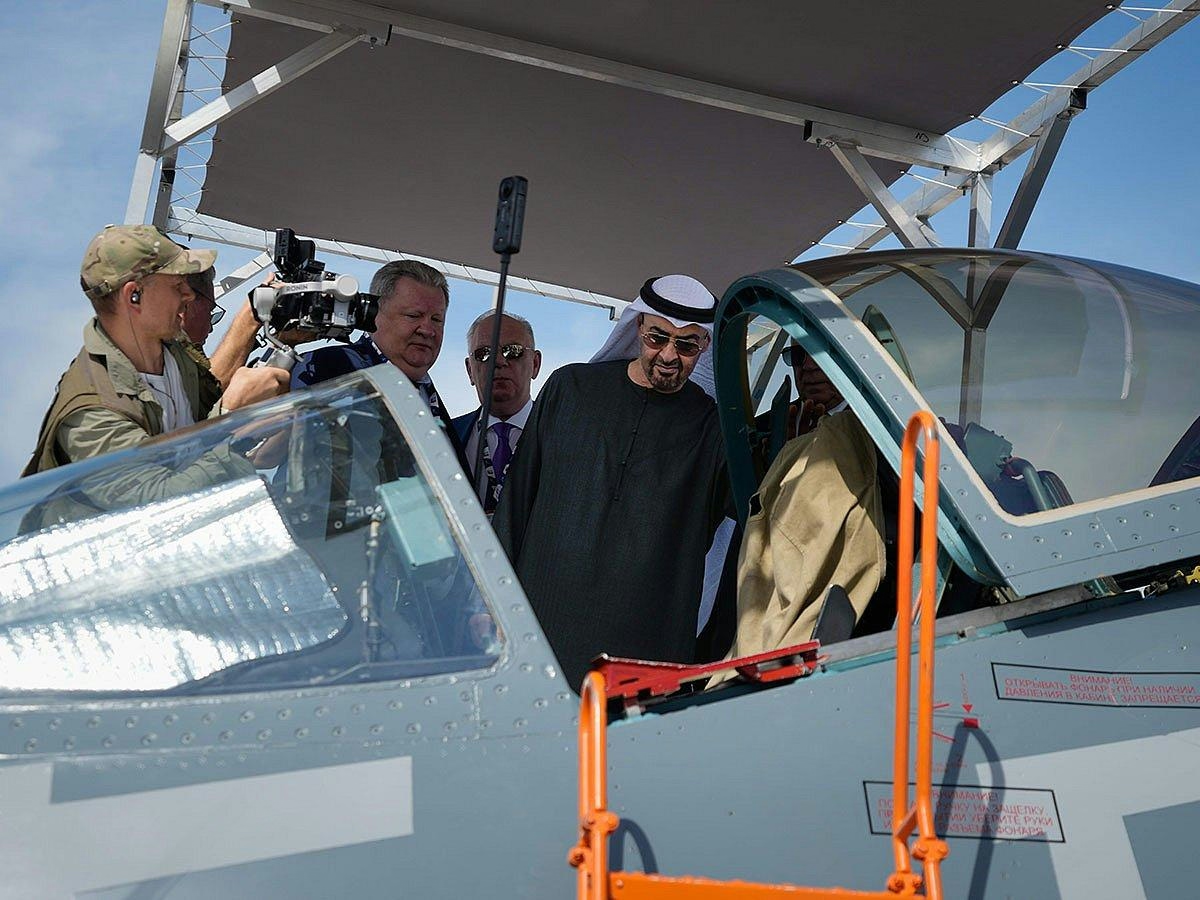
Sheikh Mohammed Visits Dubai Airshow Highlighting Innovation and Expertise
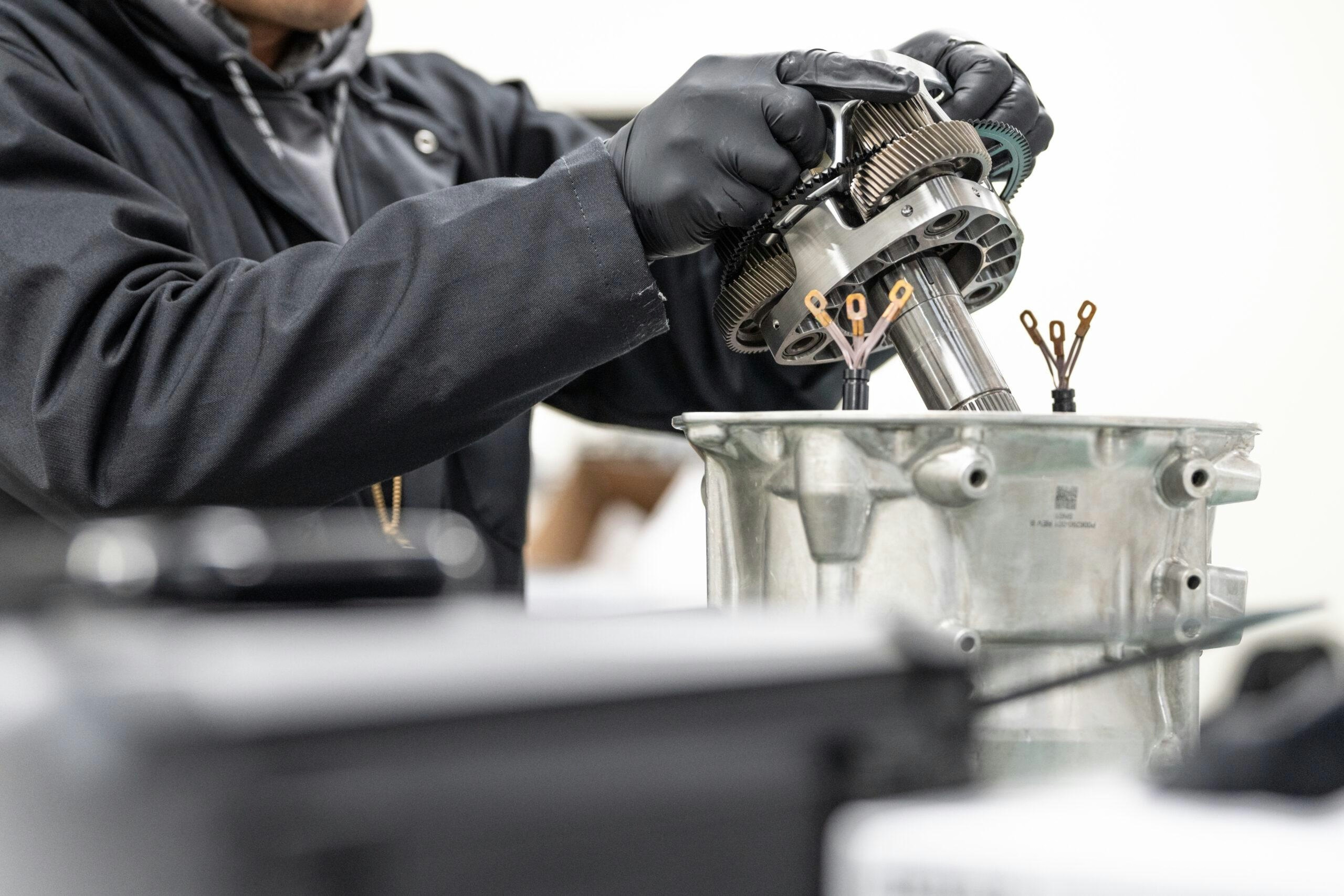
Archer Provides Electric Air Taxi Powertrain for Anduril’s Omen Concept
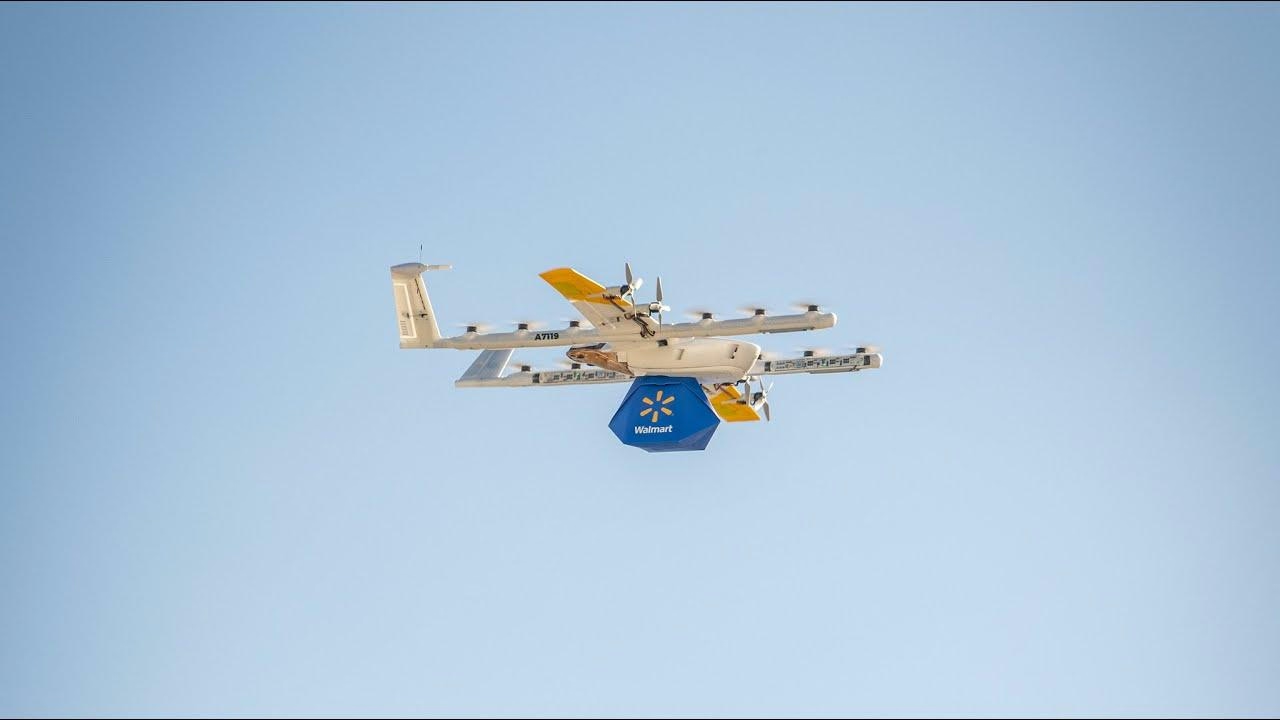
Concordia Partners to Advance Drone and E-Aircraft Technology
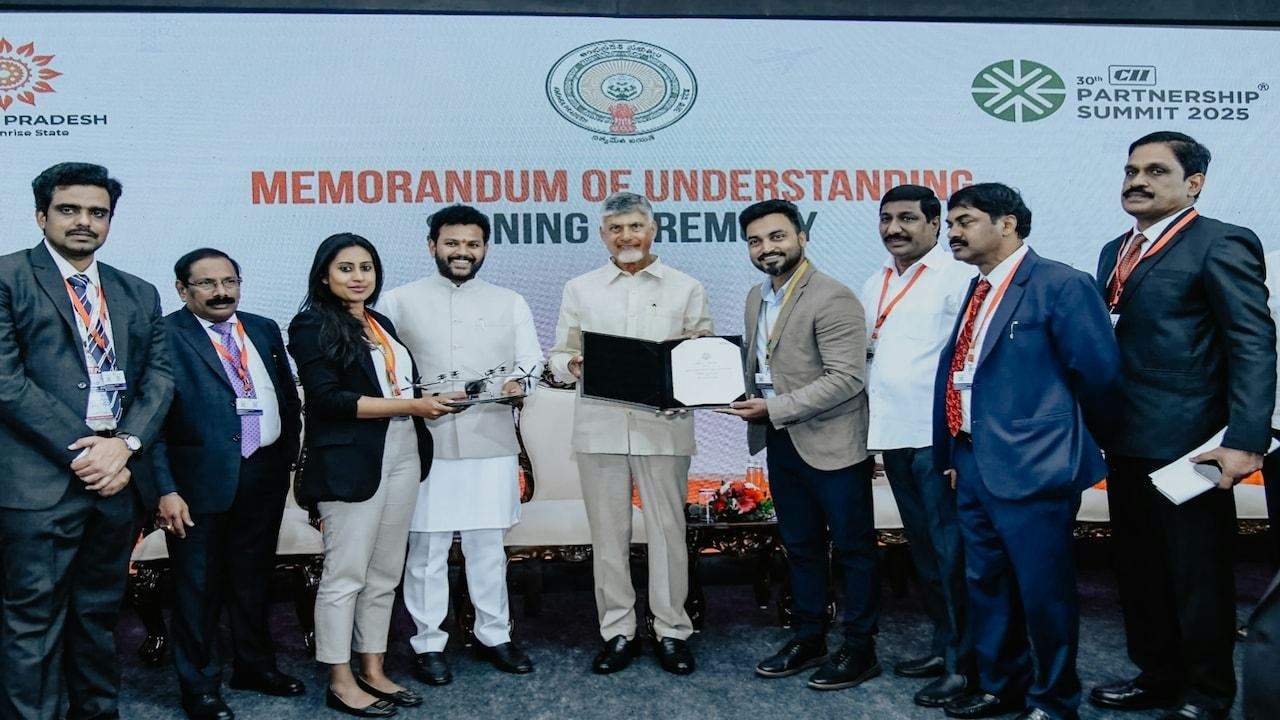
Sarla Aviation to Invest ₹1,300 Crore in Aerospace Facility in Andhra Pradesh

Passengers Respond Positively to Airline’s AI Flight Attendant
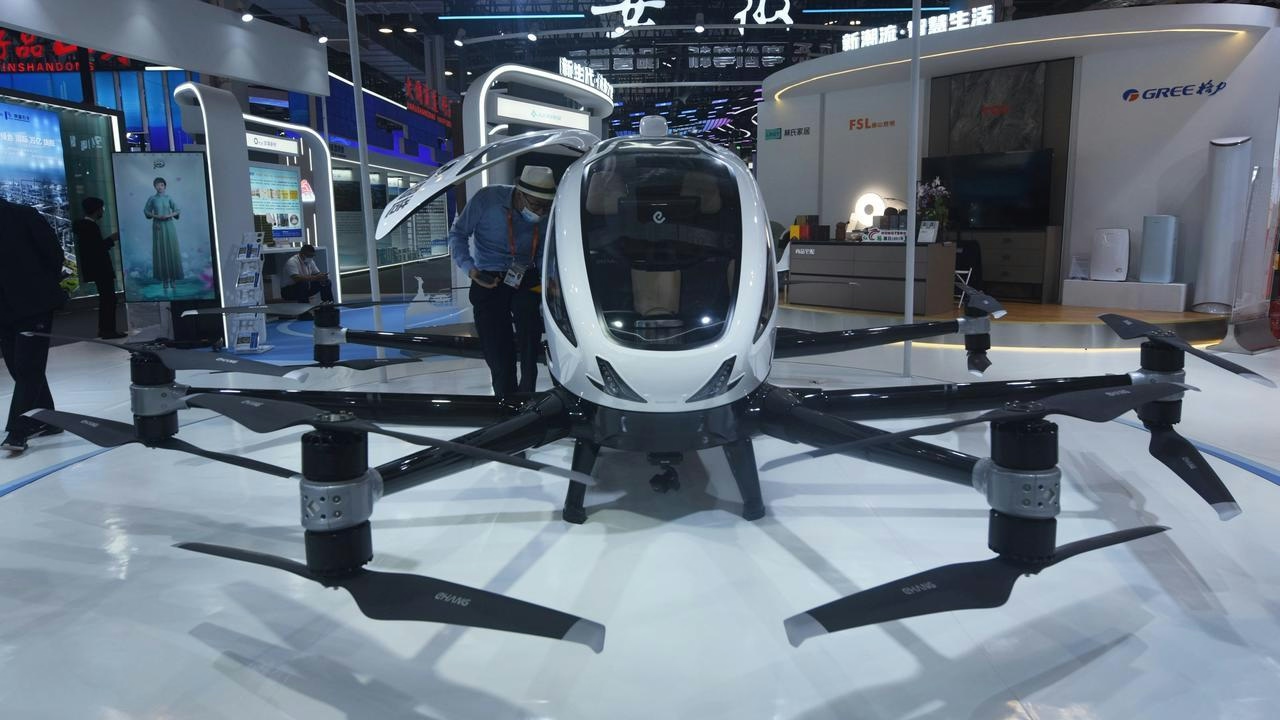
EHang Completes Pilotless eVTOL Air Taxi Trials in Doha
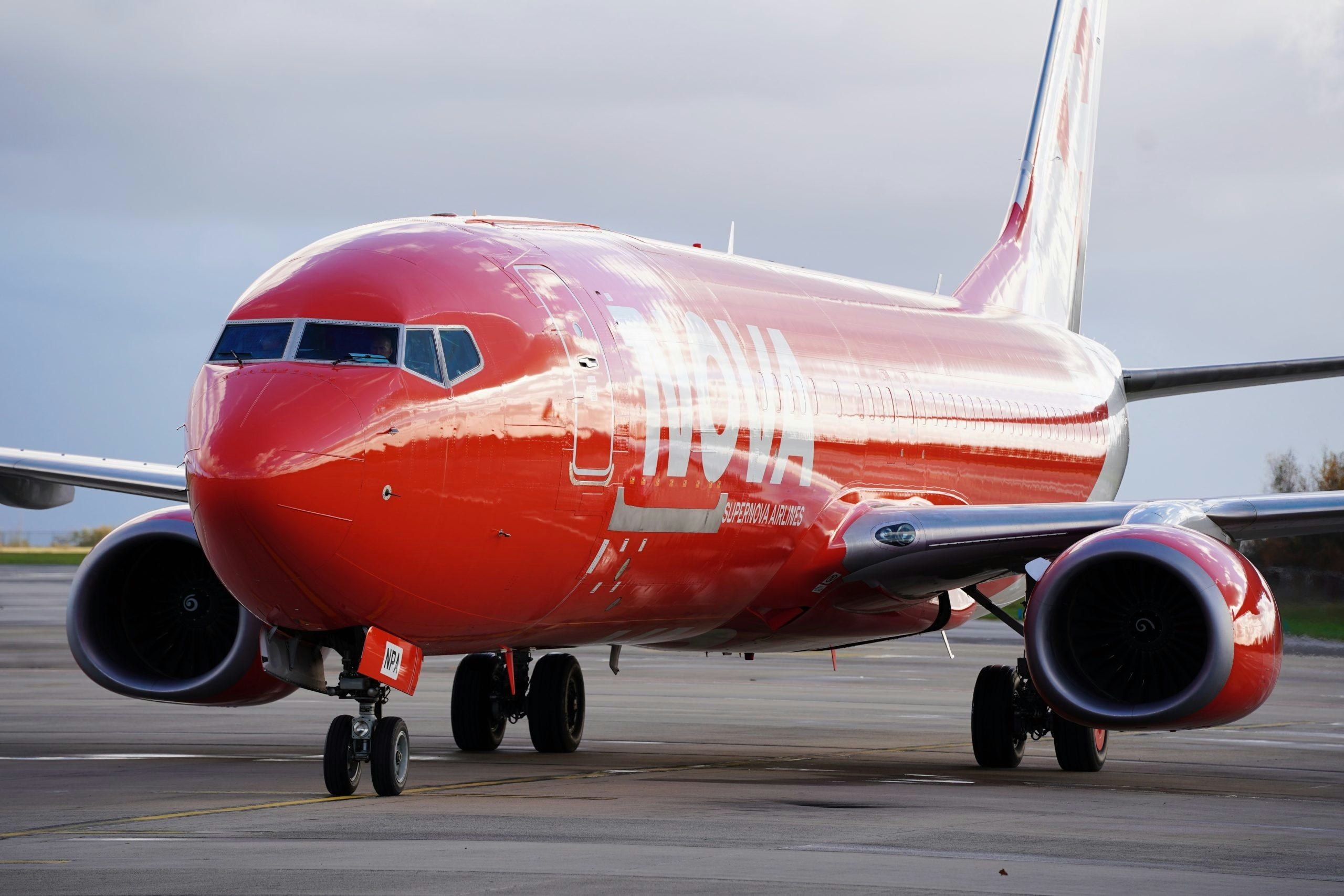
Supernova Airlines opens new Liege–Ostrava cargo link, strengthening European supply chains
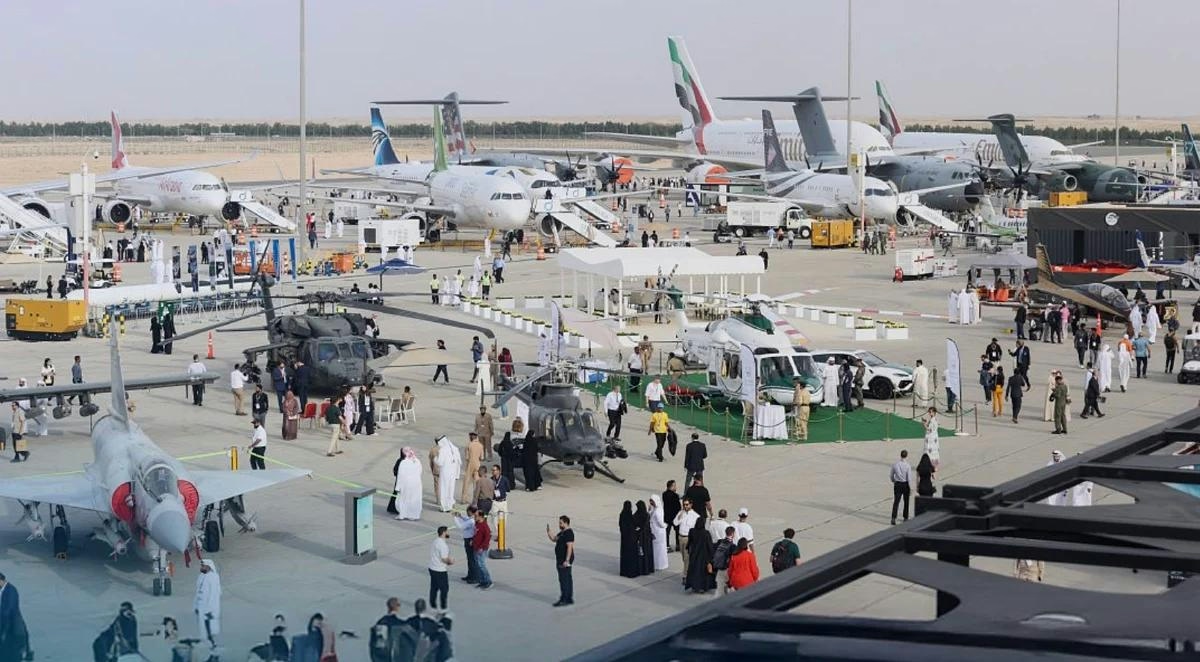
GE Aerospace Secures Engine Orders from flydubai and Emirates
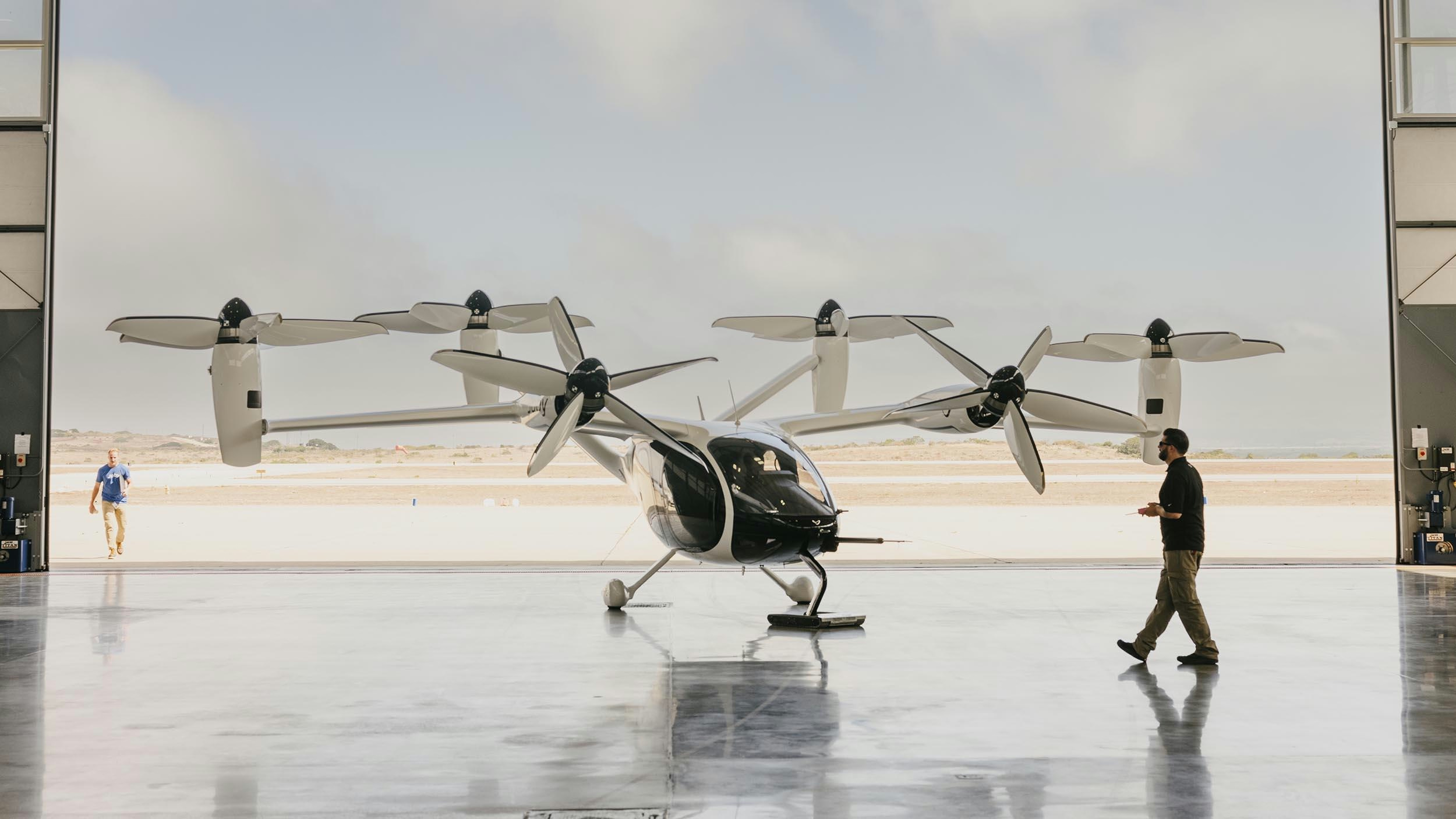
Joby Outlines Dubai Air Taxi Plans Ahead of FAA Certification
